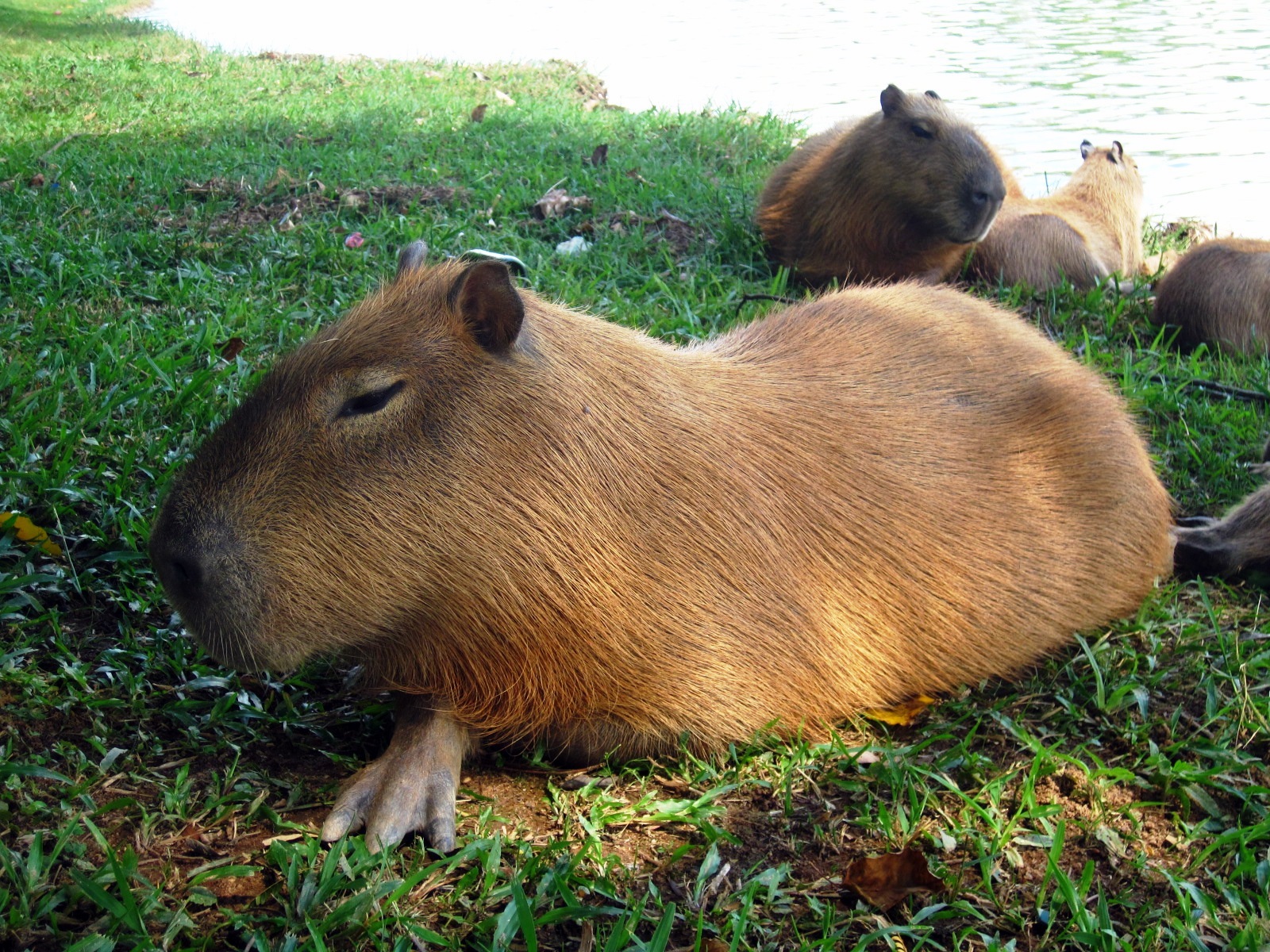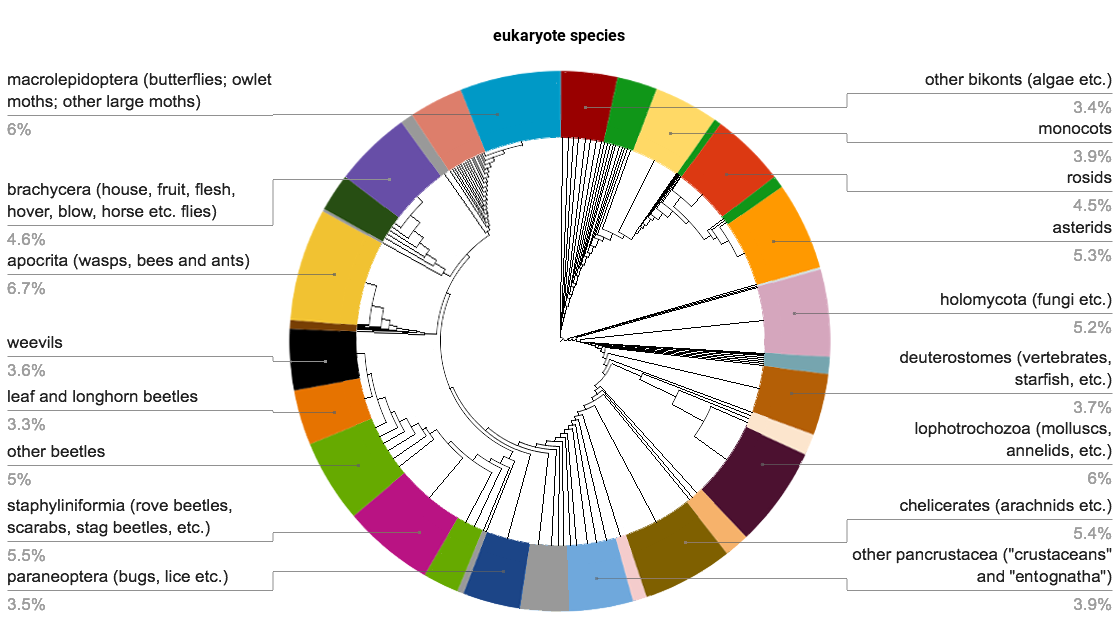|
Enallagma Aspersum
''Enallagma aspersum'', the azure bluet, is a species of narrow-winged damselfly in the family Coenagrionidae. It is found in North America (Canada and the United States). The IUCN conservation status of ''Enallagma aspersum'' is "least concern A least-concern species is a species that has been categorized by the International Union for Conservation of Nature (IUCN) as evaluated as not being a focus of species conservation because the specific species is still plentiful in the wild. Th ...", with no immediate threat to the species' survival. The population is stable. References Further reading * External links * Coenagrionidae Odonata of North America Insects of Canada Insects of the United States Insects described in 1861 Taxa named by Hermann August Hagen Articles created by Qbugbot {{Coenagrionidae-stub ... [...More Info...] [...Related Items...] OR: [Wikipedia] [Google] [Baidu] |
Hermann August Hagen
Hermann August Hagen (30 May 1817 – 9 November 1893) was a German entomologist who specialised in Neuroptera and Odonata. He had established himself as one of Europe's preeminent entomologists by 1867 when he accepted a position at Harvard University to curate the Museum of Comparative Zoology. In 1870 he became the first entomologist in the United States to hold the formal title, Professor of Entomology. Biography Hagen was born 30 May 1817 in Königsberg, Prussia. He was the son of Anna (Linck) Hagen and Carl Heinrich Hagen. His father was a senior government counselor and a professor of political science at the University of Königsberg and his grandfather, Karl Gottfried Hagen, was a professor of chemistry at the same university.Henshaw (1894) Young Hagen graduated from a gymnasium in 1836 and began to study medicine at the University of Königsberg. His course of studies was greatly influenced by his zoology professor, Martin Heinrich Rathke and together they toured ... [...More Info...] [...Related Items...] OR: [Wikipedia] [Google] [Baidu] |
Damselfly
Damselflies are flying insects of the suborder Zygoptera in the order Odonata. They are similar to dragonflies, which constitute the other odonatan suborder, Anisoptera, but are smaller and have slimmer bodies. Most species fold the wings along the body when at rest, unlike dragonflies which hold the wings flat and away from the body. An ancient group, damselflies have existed since at least the Lower Permian, and are found on every continent except Antarctica. All damselflies are predatory insects; both nymphs and adults actively hunt and eat other insects. The nymphs are aquatic, with different species living in a variety of freshwater habitats including acidic bogs, ponds, lakes and rivers. The nymphs moult repeatedly, at the last moult climbing out of the water to undergo metamorphosis. The skin splits down the back, they emerge and inflate their wings and abdomen to gain their adult form. Their presence on a body of water indicates that it is relatively unpolluted, bu ... [...More Info...] [...Related Items...] OR: [Wikipedia] [Google] [Baidu] |
Coenagrionidae
The insect family Coenagrionidae is placed in the order Odonata and the suborder Zygoptera. The Zygoptera are the damselflies, which although less known than the dragonflies, are no less common. More than 1,300 species are in this family, making it the largest damselfly family. The family Coenagrionidae has six subfamilies: Agriocnemidinae, Argiinae, Coenagrioninae, Ischnurinae, Leptobasinae, and Pseudagrioninae. This family is referred to as the narrow-winged damselflies or the pond damselflies. The Coenagrionidae enjoy a worldwide distribution, and are among the most common of damselfly families. This family has the smallest of damselfly species. More than 110 genera of the family Coenagrionidae are currently accepted.Integrated Taxonomic Information System (2007)Coenagrionidae retrieved November 4, 2007. Etymology The name may be derived from Greek ''coen'' meaning shared or common and ''agrio'' meaning fields or wild. Characteristics * Usually have a black pattern * ... [...More Info...] [...Related Items...] OR: [Wikipedia] [Google] [Baidu] |
IUCN
The International Union for Conservation of Nature (IUCN; officially International Union for Conservation of Nature and Natural Resources) is an international organization working in the field of nature conservation and sustainable use of natural resources. It is involved in data gathering and analysis, research, field projects, advocacy, and education. IUCN's mission is to "influence, encourage and assist societies throughout the world to conserve nature and to ensure that any use of natural resources is equitable and ecologically sustainable". Over the past decades, IUCN has widened its focus beyond conservation ecology and now incorporates issues related to sustainable development in its projects. IUCN does not itself aim to mobilize the public in support of nature conservation. It tries to influence the actions of governments, business and other stakeholders by providing information and advice and through building partnerships. The organization is best known to the wider ... [...More Info...] [...Related Items...] OR: [Wikipedia] [Google] [Baidu] |
Least-concern Species
A least-concern species is a species that has been categorized by the International Union for Conservation of Nature (IUCN) as evaluated as not being a focus of species conservation because the specific species is still plentiful in the wild. They do not qualify as threatened, near threatened, or (before 2001) conservation dependent. Species cannot be assigned the "Least Concern" category unless they have had their population status evaluated. That is, adequate information is needed to make a direct, or indirect, assessment of its risk of extinction based on its distribution or population status. Evaluation Since 2001 the category has had the abbreviation "LC", following the IUCN 2001 Categories & Criteria (version 3.1). Before 2001 "least concern" was a subcategory of the "Lower Risk" category and assigned the code "LR/lc" or lc. Around 20% of least concern taxa (3261 of 15636) in the IUCN database still use the code "LR/lc", which indicates they have not been re-evalu ... [...More Info...] [...Related Items...] OR: [Wikipedia] [Google] [Baidu] |
Azure Bluet - Enallagma Aspersum, Patuxent National Wildlife Refuge, Laurel, Maryland
Azure may refer to: Colour * Azure (color), a hue of blue ** Azure (heraldry) ** Shades of azure, shades and variations Arts and media * ''Azure'' (Art Farmer and Fritz Pauer album), 1987 * Azure (Gary Peacock and Marilyn Crispell album), 2013 * ''Azure'' (design magazine), Toronto, Ontario * Azure (heraldry), a blue tincture on flags or coats of arms * ''Azure'' (magazine), a periodical on Jewish thought and identity * ''Azure'' (painting), by Gustave Van de Woestijne * "Azure" (song), by Duke Ellington * "Azure", a song by the 3rd and the Mortal from the album ''Painting on Glass'' Computing * Microsoft Azure, a cloud computing platform * Mozilla Azure, a graphics abstraction API Places * Azure, Alberta, a locality in Canada * Azure, Montana, a census-designated place in the United States * Azure Window, a former natural arch in Malta Other uses * Azure Ryder (born 1996), an Australian singer, songwriter, and musician * Azure (barley), a malting barley variety * Bentley ... [...More Info...] [...Related Items...] OR: [Wikipedia] [Google] [Baidu] |
Odonata Of North America
Odonata is an order of flying insects that includes the dragonflies and damselflies. Members of the group first appeared during the Triassic, though members of their total group, Odonatoptera, first appeared in Late Carboniferous. The two common groups are distinguished with dragonflies, placed in the suborder Epiprocta, usually being larger, with eyes together and wings up or out at rest, while damselflies, suborder Zygoptera, are usually smaller with eyes placed apart and wings along body at rest. All Odonata have aquatic larvae called naiads (nymphs), and all of them, larvae and adults, are carnivorous. The adults can land, but rarely walk. Their legs are specialised for catching prey. They are almost entirely insectivorous. Etymology and terminology Fabricius coined the term ''Odonata'' in 1793 from the Ancient Greek ( Ionic form of ) 'tooth'. One hypothesis is that it was because their maxillae are notably toothed. Most insects also have toothed mandibles. The ... [...More Info...] [...Related Items...] OR: [Wikipedia] [Google] [Baidu] |
Insects Of Canada
Insects (from Latin ') are pancrustacean hexapod invertebrates of the class Insecta. They are the largest group within the arthropod phylum. Insects have a chitinous exoskeleton, a three-part body (head, thorax and abdomen), three pairs of jointed legs, compound eyes and one pair of antennae. Their blood is not totally contained in vessels; some circulates in an open cavity known as the haemocoel. Insects are the most diverse group of animals; they include more than a million described species and represent more than half of all known living organisms. The total number of extant species is estimated at between six and ten million; In: potentially over 90% of the animal life forms on Earth are insects. Insects may be found in nearly all environments, although only a small number of species reside in the oceans, which are dominated by another arthropod group, crustaceans, which recent research has indicated insects are nested within. Nearly all insects hatch from eggs. Inse ... [...More Info...] [...Related Items...] OR: [Wikipedia] [Google] [Baidu] |
Insects Described In 1861
Insects (from Latin ') are pancrustacean hexapod invertebrates of the class Insecta. They are the largest group within the arthropod phylum. Insects have a chitinous exoskeleton, a three-part body (head, thorax and abdomen), three pairs of jointed legs, compound eyes and one pair of antennae. Their blood is not totally contained in vessels; some circulates in an open cavity known as the haemocoel. Insects are the most diverse group of animals; they include more than a million described species and represent more than half of all known living organisms. The total number of extant species is estimated at between six and ten million; In: potentially over 90% of the animal life forms on Earth are insects. Insects may be found in nearly all environments, although only a small number of species reside in the oceans, which are dominated by another arthropod group, crustaceans, which recent research has indicated insects are nested within. Nearly all insects hatch from eggs. Insect ... [...More Info...] [...Related Items...] OR: [Wikipedia] [Google] [Baidu] |
Taxa Named By Hermann August Hagen
In biology, a taxon (back-formation from ''taxonomy''; plural taxa) is a group of one or more populations of an organism or organisms seen by taxonomists to form a unit. Although neither is required, a taxon is usually known by a particular name and given a particular ranking, especially if and when it is accepted or becomes established. It is very common, however, for taxonomists to remain at odds over what belongs to a taxon and the criteria used for inclusion. If a taxon is given a formal scientific name, its use is then governed by one of the nomenclature codes specifying which scientific name is correct for a particular grouping. Initial attempts at classifying and ordering organisms (plants and animals) were set forth in Carl Linnaeus's system in ''Systema Naturae'', 10th edition (1758), as well as an unpublished work by Bernard and Antoine Laurent de Jussieu. The idea of a unit-based system of biological classification was first made widely available in 1805 in the int ... [...More Info...] [...Related Items...] OR: [Wikipedia] [Google] [Baidu] |






